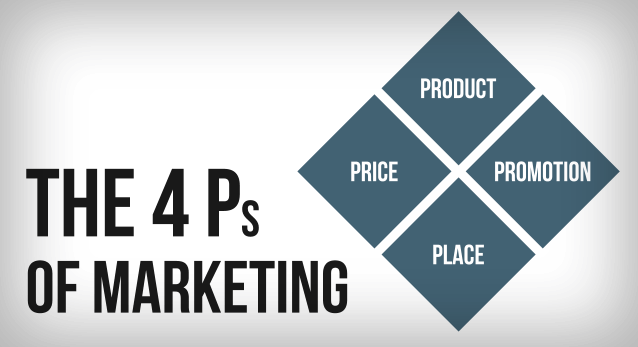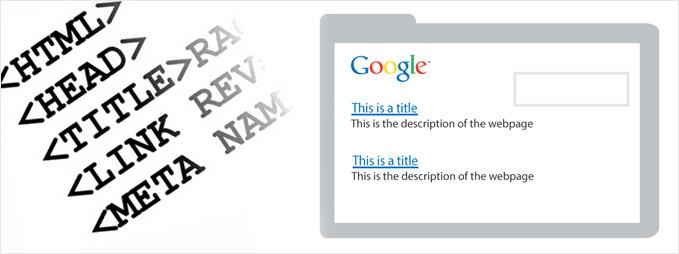Marketing principles permeate into every aspect of online marketing but they’re less pronounced and little discussed. This is especially so in PPC. Having a basic understanding of these principles and knowing how they correspond to your campaigns can give you a leg up over competitors.
Product comes first. In traditional marketing, product refers to the physical product itself. The ergonomics, colors, packaging, etc., but for online marketing one doesn’t really get to make those choices. The challenge is entirely different. When you go into a store you can hold something in your hand. You know exactly what you’re getting because you can see it, touch it, smell it, and perhaps even hear it. Online, one has to make up for this lack of physical contact. In online marketing, product refers to your representation of the product/service online.
Place homes in second. Knowing where to advertise your product or service can sometimes be just as important as the product itself. You’re product could be the best thing since sliced bread, but if you’re not in the correct market space, you’ll never turn a profit.
How about promotion? Now that you have your product and you know where your audience is, you need to be enticing. Promotional materials can manifest in many ways for PPC but for the most part they’re all part of grabbing the greatest amount of attention with ad copy.
The issue of price comes up. Price sounds pretty straightforward, but online pricing can get a bit tricky. Essentially, the online price is whatever the customer gives you to get your product/service. The price of a good or service online can be broken down into two portions: actual price and perceived price. Actual price is as straightforward as it gets but with perceived price however, here’s where things can get a bit complicated. A tremendous haul of attention needs to be especially accorded to this.
For any marketer, online or off, the 4 P’s are a very basic foundation of your offerings and how they translate to customers. Knowing the strategies behind each of these areas can help you understand your online efforts better and thus help you to outperform your competition.


